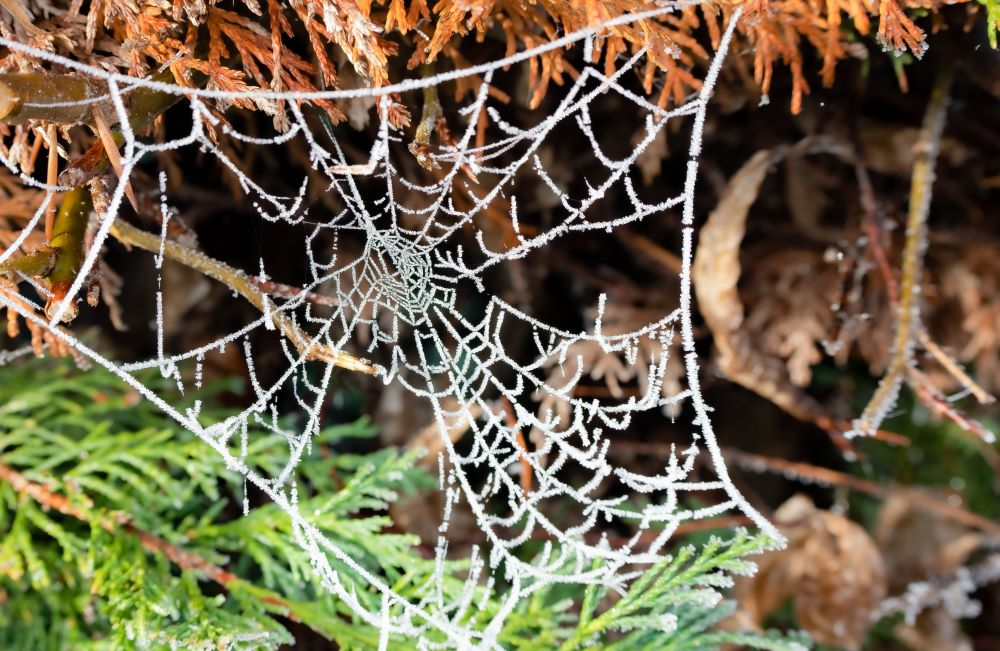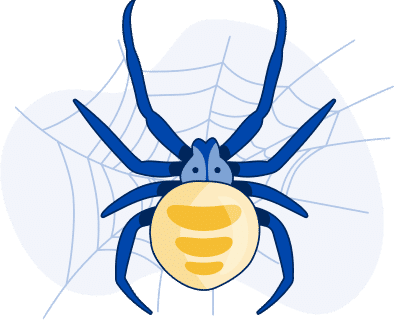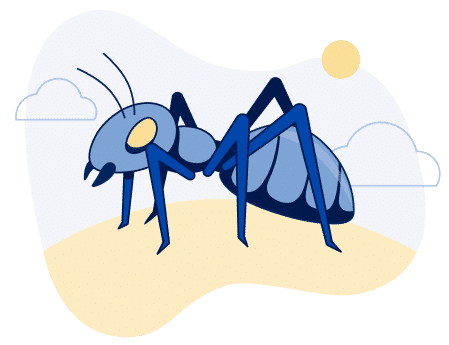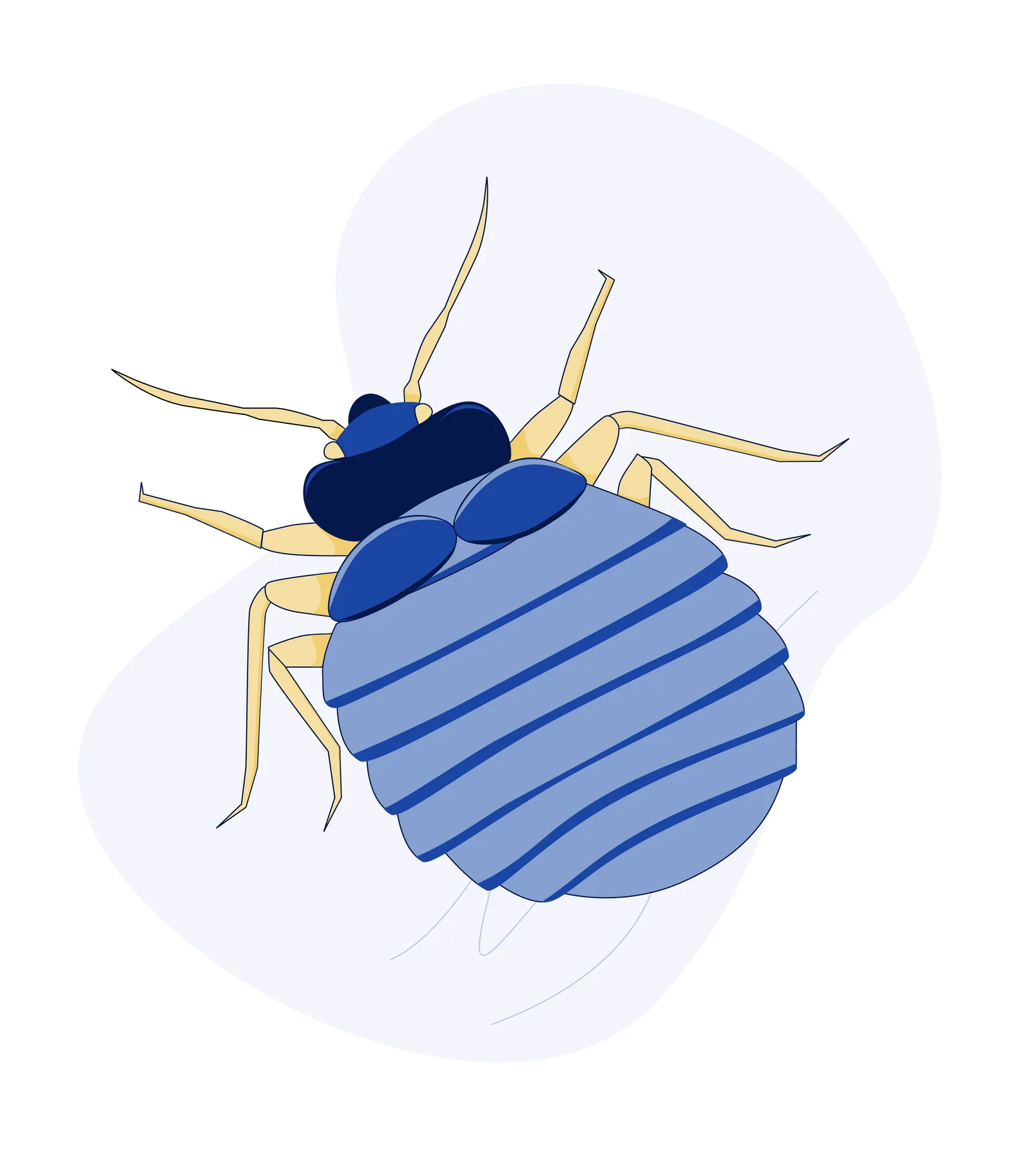Do All Spiders Hibernate in Winter? How Different Species Survive

As temperatures drop, you might wonder: do all spiders hibernate in winter, or do they use other methods to survive the cold? Many people notice fewer spiders around during winter, raising questions about where they go and how they endure the season. In this guide, we’ll explore the unique winter survival strategies of various spider species, from dormancy to specialized adaptations that help them withstand colder climates.
Do Spiders Actually Hibernate?
Unlike mammals that undergo true hibernation, spiders don’t hibernate in the traditional sense. Instead, most orb weaving species enter a state called diapause, where they drastically slow their metabolism to conserve energy without shutting down completely. Diapause helps them handle lower temperatures, although they are less active and often hidden during this time.
Not all spiders approach winter similarly; different species of spiders in Utah adapt with diverse survival strategies to make it through until spring.
How Different Spider Species Survive Winter
House spiders are well-suited for winter indoors. Since these spiders often live inside buildings, they continue their daily activities at a slower pace, finding shelter in basements, attics, and other low-traffic areas. Indoor environments provide stable temperatures that reduce their need for special cold-weather adaptations.
Wolf spiders are primarily outdoor dwellers, using burrows or hiding under leaves to insulate themselves against the cold. They don’t fully hibernate, but their natural habitats protect them from freezing temperatures. By burrowing into the ground, they can stay warm and conserve energy.
Jumping spiders adapt by seeking out cracks in trees, rocks, or buildings where they enter a semi-dormant state. Their metabolism slows down as they wait for warmer weather, enabling them to conserve energy and survive despite limited food and low temperatures.
Garden Spiders Unlike other spiders, garden spiders often don’t survive winter. Instead, they lay eggs in the fall, ensuring that a new generation hatches in spring. Their egg sacs are highly insulated, capable of withstanding cold temperatures, even when adult garden spiders cannot.
Where Do Spiders Go in Winter?
Many spiders seek natural shelters that offer insulation and protection from the elements. Here’s a look at where spiders commonly go to survive the winter:
- Under Rocks and Logs: Many species use natural ground cover to avoid exposure to cold air.
- Burrows: Digging into the soil allows spiders like wolf spiders to escape the frost.
- Tree Bark and Crevices: Smaller spaces like cracks in trees and rocks offer warmth and shelter for spiders like jumping spiders.
- Indoor Spaces: Some spiders venture indoors, finding corners in basements, attics, or closets that provide a more consistent temperature.
By choosing well-insulated spots, spiders can slow their metabolism, conserving energy until temperatures rise again.
Are Spiders Cold-Blooded?
Yes, spiders are cold-blooded creatures, or ectothermic, meaning they rely on their environment to regulate body temperature. As the weather cools, their activity levels drop in sync with the surrounding temperature. Their cold-blooded nature makes them particularly adept at conserving energy, as their bodies naturally slow down in response to the cold. This adaptation helps them endure winter without the need for traditional hibernation.
How Spiders Adapt to Survive Cold Weather
Different species have evolved specific adaptations that help them thrive, even in harsh winter conditions:
- Antifreeze Compounds: Some spiders produce natural antifreeze-like chemicals, which keep their bodily fluids from freezing in sub-zero temperatures.
- Diapause: Spiders enter this dormancy state, significantly slowing their metabolism to survive without needing much energy.
- Insulated Hiding Spots: By instinct, spiders seek out spots that provide protection, such as under rocks, inside bark, or in sheltered indoor areas.
These adaptations ensure that spiders remain resilient during winter, allowing them to reemerge when spring arrives.
Common Misconceptions About Spiders and Winter
Myth: All Spiders Hibernate
While it’s true that spiders become less active in winter, they don’t undergo true hibernation. Diapause slows their metabolism, but they are still responsive to their surroundings.
Myth: Spiders Die in Winter
Although some species, like garden spiders, die off after laying eggs, most spiders survive winter using various adaptations.
Myth: Only Outdoor Spiders Adapt to Winter
Spiders indoors adapt as well, seeking out warm, low-traffic areas in homes to remain sheltered.
Why More Spiders Appear Indoors in Winter
As the temperature drops, spiders are more likely to enter homes in search of warmth and safety. Indoor environments offer consistent conditions that make it easier for spiders to survive. When you notice more spiders indoors during winter, it’s typically because they’re trying to escape the cold—not because they’re hibernating.
How to Get Rid of Spiders During Winter
For those dealing with spider issues indoors, professional spider extermination services can help manage or prevent infestations. Common methods include reducing clutter, sealing cracks where spiders might enter, and controlling other insects that serve as their food source. For lasting results, consider enlisting a reputable spider exterminator like Serve Pest Control, which offers customized spider control solutions. Their treatments not only target existing spiders but also work to prevent future infestations, helping keep your home spider-free all year round.







